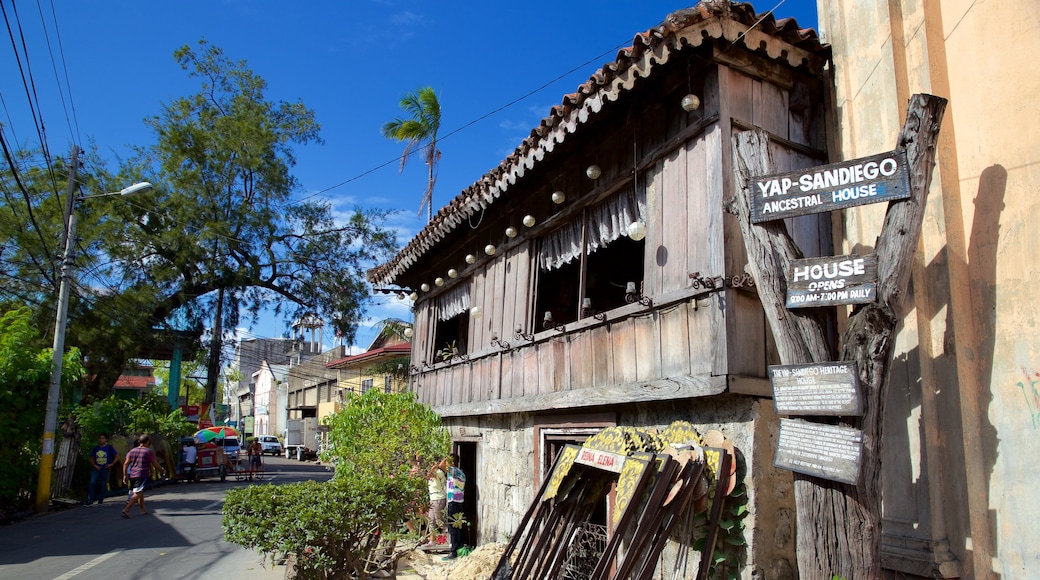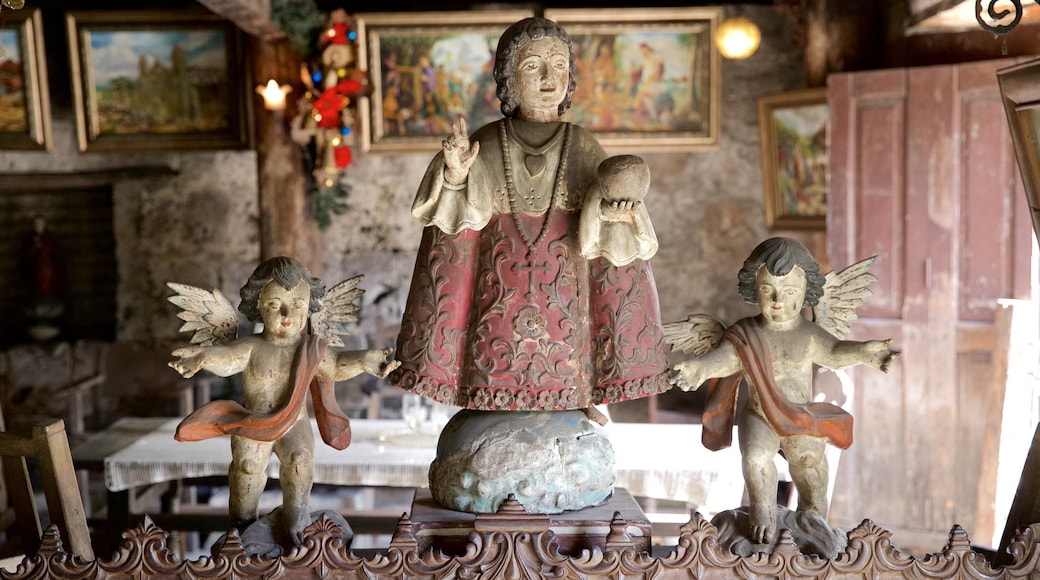Dating back to the Spanish colonial era of the 1600s, the Yap Sandiego Ancestral House is a museum that sheds light on the Chinese settlements of the city. It is said to be among the first Chinese houses to be built outside of the country. Find out about the unusual blend of Spanish and Chinese cultures that infiltrated the Philippines centuries ago.
Note that the structure is built from a mixture of wood and coral stones, with red tiles making up the curved roof. Enjoy the green ambiance generated by the potted plants flanking the entrance walkway.
Enter the building and gaze up at the hanging chandeliers and the interior part of the red-tile ceiling that is held together by dark, wooden beams. Creaking floorboards and lingering echoes evoke a bygone era. Imagine the family members and friends who spent time here over the centuries. Browse the majestic statues and artistic collections put together by choreographer Val Sandiego.
The house is thought to have been constructed sometime between 1675 and 1700. Chinese merchant Don Juan Yap built the site as a residence for himself and his wife Doña Maria Florido. Learn about their offspring and subsequent generations. The head of the Parian district married into the family in the 1880s. Understand who they were through historical paintings of Ceubu and intriguing relics from family life, which include period furniture and a clay jar that stored water.
The building teaches us about the architectural styles of the houses here centuries ago, including the fact that they often had second stories. Pay a small entrance fee to access the building and its museum. It opens daily from morning until early evening.
The Yap Sandiego Ancestral House is in the Parian neighborhood in the southeastern part of the city. Take a jeepney bus to the stops of Mabini St. or Zulueta St. Marvel at the sculptures and scenes portrayed in the Heritage of Cebu Monument nearby and wander down Colon Street, which is among the country’s oldest roads.









